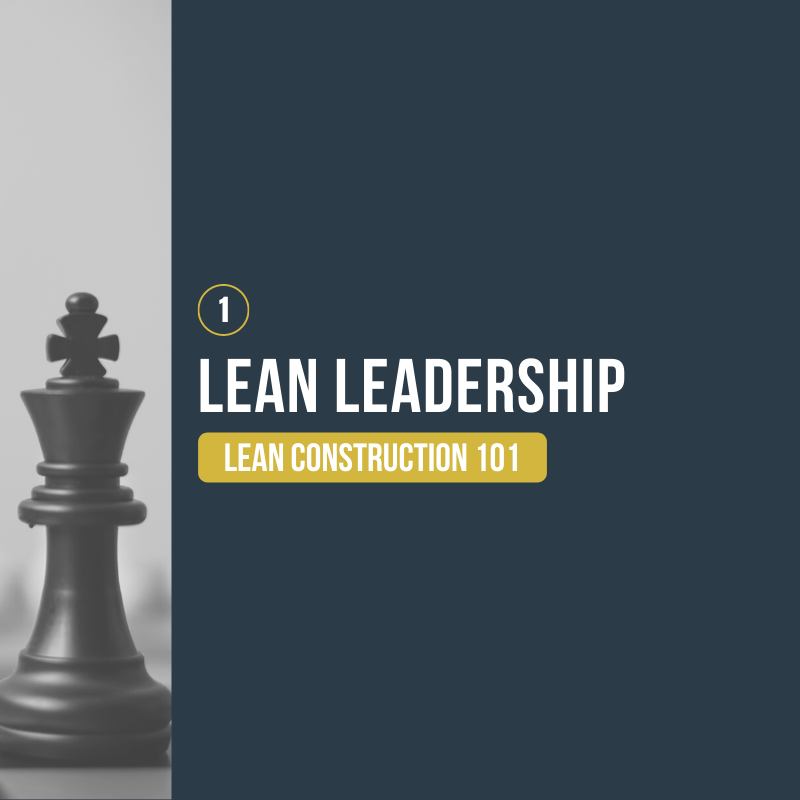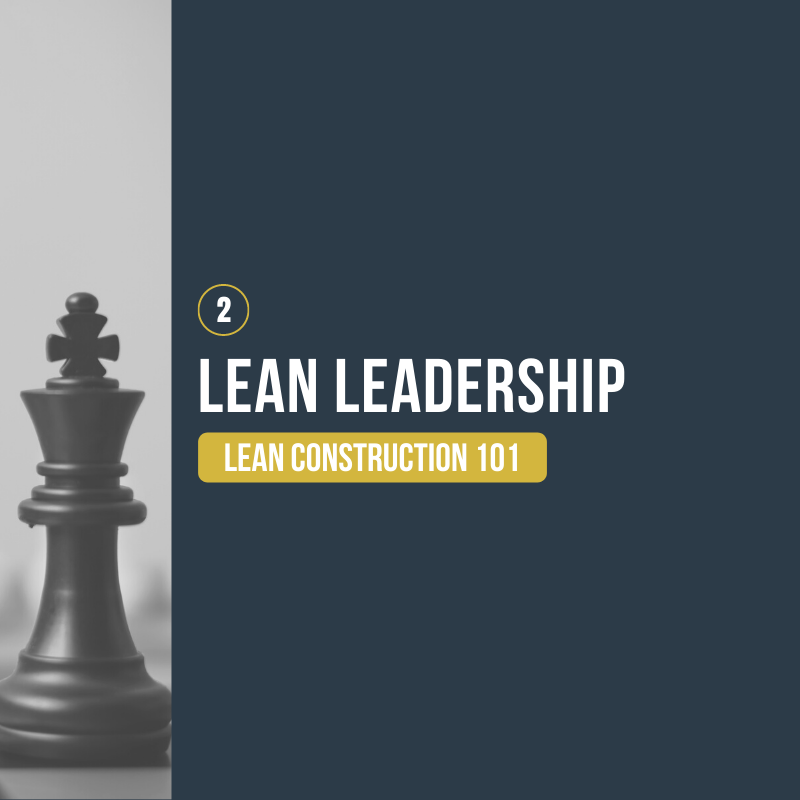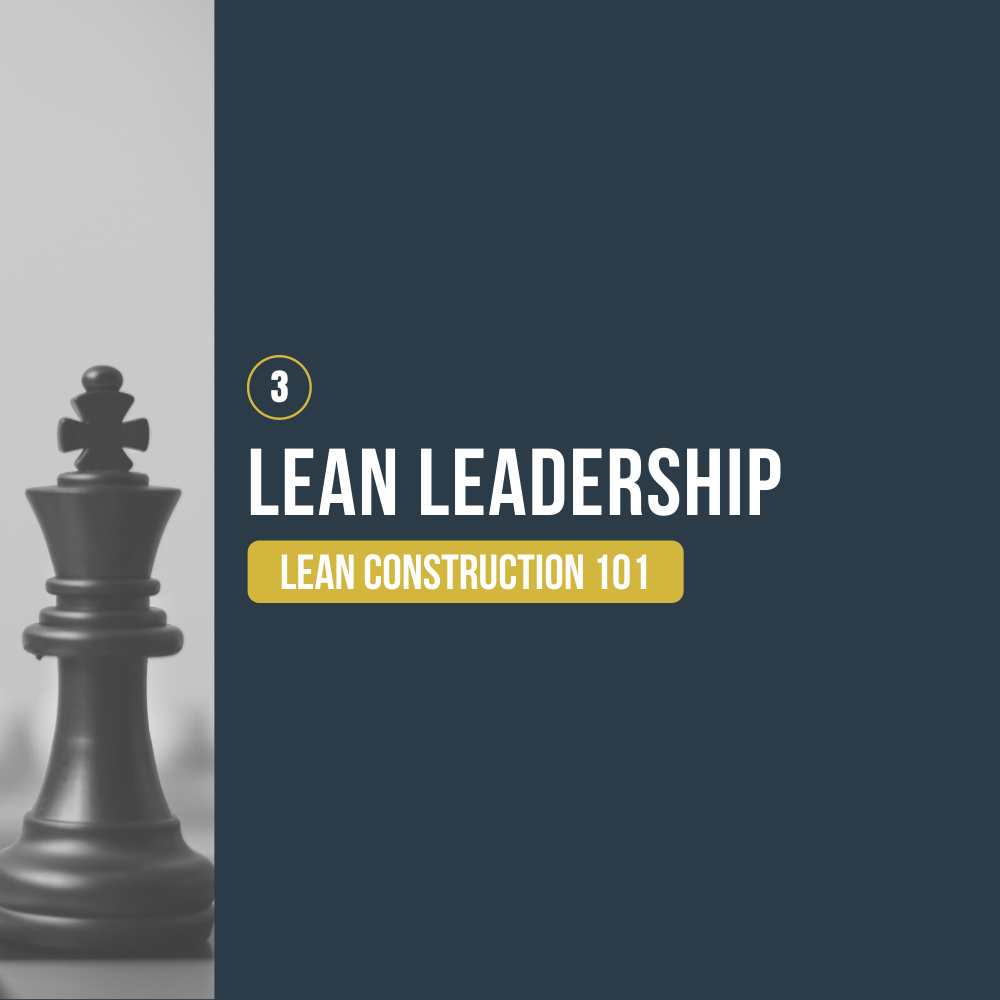Lean leaders keep attention to what is good for customers, stakeholders (supply chain, partners, the community, etc.), team members, and the company. Aligning the interests of all is ideal. Sustainability, the resiliency of our infrastructure, housing availability and affordability, and social justice need attention across the world. An outward-in perspective can inform the challenges that people take on.
Over 10 years ago, Toyota and Subaru independently set the challenge to have a net-positive impact on the environment everywhere they do business. Both no longer have anything leave their facilities that goes to the landfill. People throughout those organizations contributed in many ways for many years to make that happen. In the process, people got very good at problem finding, creative thinking, critical thinking, and making changes that stick. While Toyota and Subaru did well for the planet, they reduced their costs and built a workforce better able to take on more challenges.
Leaders Shape the Problems People Are Solving
The presence or need for leadership always requires a challenge. Sometimes the challenge presents itself. The arrival of Covid-19 forced organizations to make changes they never thought they could make. The Massachusetts Institute of Technology (MIT) in 2019 concluded that they would need many years to take their curriculum virtual. Early in March 2020, MIT went virtual in three days. Thankfully, there are thousands of examples of organizations and grassroots actions that met more significant challenges in the last two years. We have evidence that we can do far more than we ever thought we could do. So, let’s do it.
Remember, we want leaders throughout organizations…at all levels. Explore questions with others to reveal alternatives for challenges.
- What needs are we not meeting for our customers?
- What is difficult for us to do in delivering to our customers?
- What do our partners or supply chain participants need?
- What is difficult for us to do with our partners and supply chain?
- What needs are we not meeting for others in our organization or company?
- What is difficult for us to do with others in our organization or company?
- What needs do I or we have that aren’t being met?
- What is difficult for others working with us?
I suggest you use a process to think divergently about possibilities before converging on a challenge. Do this with others, particularly stakeholders and customers that may benefit from the challenge you set. Try Liberating Structures, a collection of numerous easy-to-facilitate approaches for engaging people.
Use Flow to Guide Improving Actions
Flow is the principal improvement indicator of what needs attention and how we are doing making improvements. Our goal is always to be able to finish what we are about to start without interruptions. Carla Ciepliski, National Director Lean Practice with Colliers, put it this way,
“Lean is foundationally about supporting smoother FLOWS in our work execution. We want to achieve flow efficiency (holistically) AND we want to ensure time is productively utilized.”
We set out to do this by making work ready for people and people ready for work. That creates the condition for flow. It also creates the condition for high productivity. Productivity is at the highest when people and work are ready for each other.
Look for interruptions of flow to identify opportunities for improvement. Flow is interrupted by process quality issues, material unavailability, not having the right tool or equipment, supplies running out, work not really ready for someone to start and finish it, not having the skills to do the work, etc. Noticing the interruption is the first step. Understanding the source of the interruption follows.
Data is essential to improve flow. So, put practices in place to have people notice and then record that flow was interrupted. Take a picture. Record the present or proximate cause. Then go on to dealing with the stoppage. That often entails getting others’ help. Do root cause analysis using five whys when time permits. Use the data to pick what you’ll work on next. A good guide is the pareto principle which states that for many outcomes, roughly 80% of consequences come from 20% of causes. Find and then choose from among the 20%.
Addressing stoppages like all challenges entails experimenting your way to the target condition.
Use “Next Target Conditions” to Focus Experimentation
Think of a challenge as a “moon shot.” Then, think of taking a big step along the way as a “roof shot.” We accomplish our challenge by stringing a series of roof shots together.
Let’s say we want to improve our delivery of design work product to our clients. Our challenge is to be at least 98% on time. Our current performance is 73% on time. Start by establishing a “next target condition” that is at least halfway towards our challenge – 88% on time. We might follow that with another 50% closer target condition of 95%.These roof shots create the context for the team to establish their improvement agenda – a series of experiments they will conduct to get to the next target condition. Using interim target conditions help people see they are making progress. Making progress keeps people engaged and motivated. Both are essential for meeting large challenges.
The next blog post will describe the SAPDo approach for conducting experiments.
 Hal Macomber
Hal Macomber

